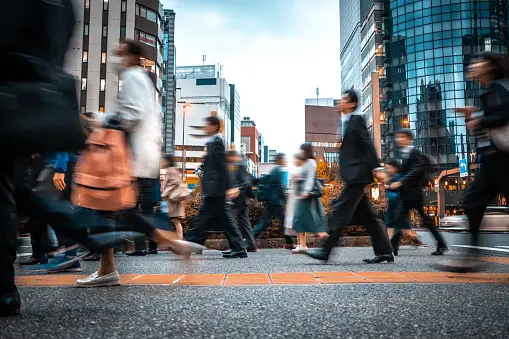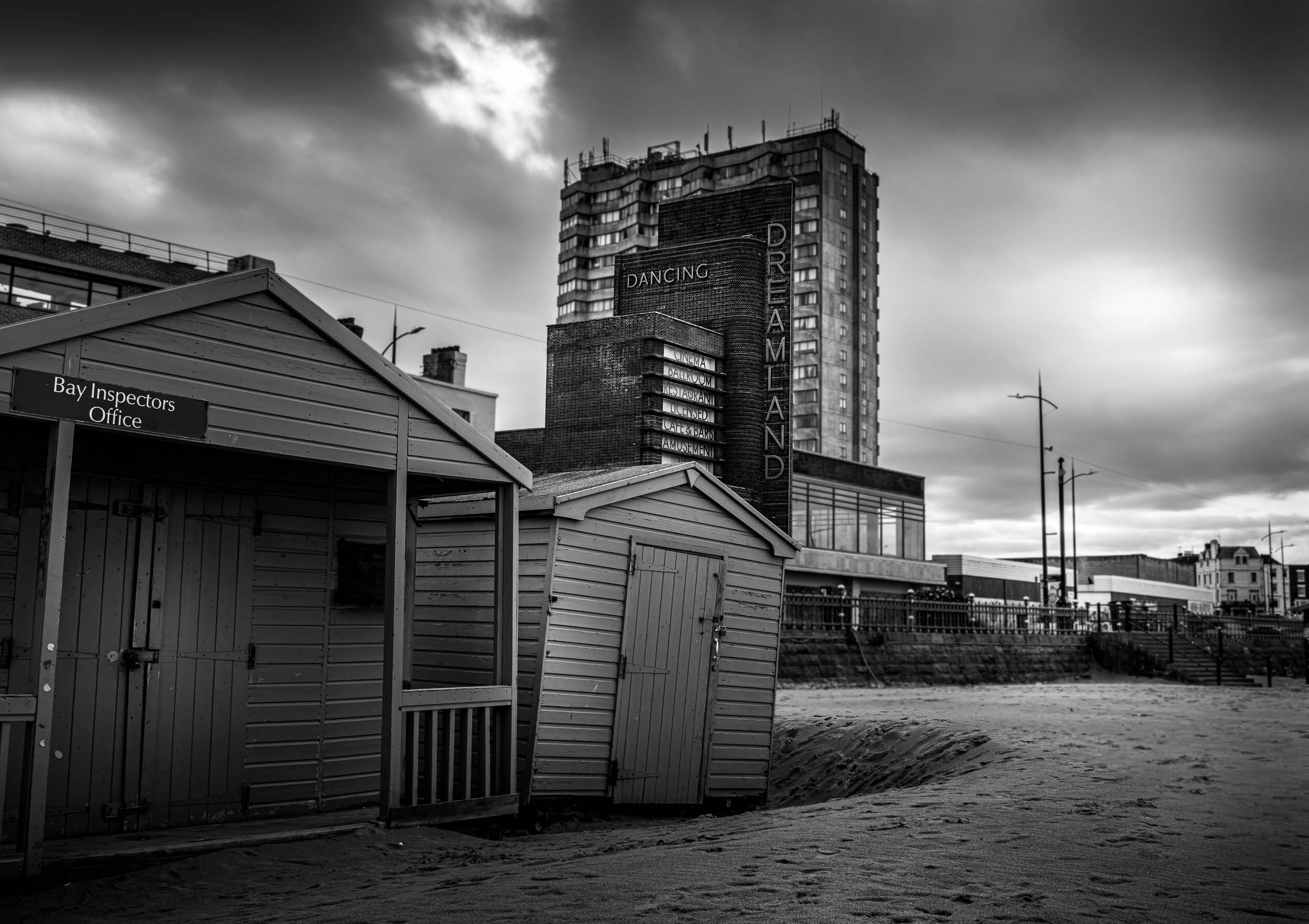Street Photographers Fundamentals Explained
Street Photographers Fundamentals Explained
Blog Article
Street Photographers for Beginners
Table of ContentsThe Street Photographers PDFs7 Simple Techniques For Street Photographers4 Simple Techniques For Street PhotographersThe 8-Second Trick For Street PhotographersStreet Photographers Can Be Fun For Everyone
, a genre of digital photography that documents everyday life in a public location. The very publicness of the setup makes it possible for the digital photographer to take honest photos of complete strangers, often without their understanding. Street digital photographers do not necessarily have a social objective in mind, but they choose to isolate and catch minutes which may or else go undetected.Though he was affected by a number of those that influenced the street digital photographers of the 1950s and '60s, he was not primarily thinking about recording the spirit of the road. The impulse to visually document people in public began with 19th-century painters such as Edgar Degas, douard Manet, and Henri de Toulouse-Lautrec, who worked side by side with professional photographers attempting to capture the significance of metropolitan life.

Offered the great top quality of his photos and the breadth of product, designers and artists frequently acquired Atget's prints to use as reference for their own work, though commercial rate of interests were hardly his primary inspiration. Rather, he was driven to picture every last remnant of the Paris he enjoyed.
Street Photographers for Beginners
They disclose the city via his eyes. His job and essential understanding of digital photography as an art form functioned as ideas to generations of digital photographers that adhered to. The future generation of road photographers, though they likely did not describe themselves because of this, was introduced by the photojournalism of Hungarian-born professional photographer Andr Kertsz.
Unlike his peers, Brassa made use of a larger-format Voigtlnder video camera with a longer exposure time, compeling him to be a lot more computed and thoughtful in his technique than he may have been if utilizing a Leica. (It is thought that he might not have actually been able to afford a Leica at that time, but he did, nevertheless, make use of one in the late 1950s to take colour photographs.) Brassa's photos of the Paris underworld lit up by artificial light were a revelation, and the collection of the collection that he released, (1933 ), was a significant success.
Cartier-Bresson was a champ of the Leica cam and one informative post of the initial professional photographers to optimize its capacities. The Leica enabled the photographer to connect with the surroundings and to catch moments as they happened - Street Photographers. Its fairly small dimension likewise aided the professional photographer fade into the history, which was Cartier-Bresson's preferred approach
The Ultimate Guide To Street Photographers
It is because of this basic understanding of the art of image taking that he is frequently attributed with discovering the medium all over once more approximately a century since its development. He took pictures for even more than a half century and influenced generations of professional photographers to trust their eye and intuition in the minute.
These are the concerns I will attempt to respond to: And afterwards I'll leave you with my own interpretation of street photography. Yes, we do. Allow's start with defining what a definition is: According to it is: "The act of defining, or of making something certain, unique, or clear".
No, certainly not. The term is both limiting and misguiding. Seems like a street photography need to be images of a look these up roads best?! And all street digital photographers, with the exception of a little number of absolute newbies, will completely appreciate that a street is not the vital element to street digital photography, and in fact if it's a photo of a street with possibly a few boring individuals not doing anything of interest, that's not road photography that's a photo of a street.
He makes a legitimate point do not you believe? While I agree with him I'm not certain "candid public photography" will catch on (although I do kind of like the term "candid digital photography") due to the fact that "street photography" has been around for a lengthy time, with many masters' names connected to it, so I believe the term is here to remain.
Street Photographers Fundamentals Explained
You can shoot at the beach, at a celebration, in a street, in Homepage a park, in a piazza, in a cafe, at a museum or art gallery, in a metro terminal, at an event, on a bridge, under a bridge ...
Yes, I'm afraid we have no choice! Without guidelines we can not have a definition, and without a meaning we don't have a category, and without a genre we don't have anything to define what we do, and so we are stuck in a "guidelines interpretation style" loop! - Street Photographers
Street Photographers Can Be Fun For Anyone

Report this page